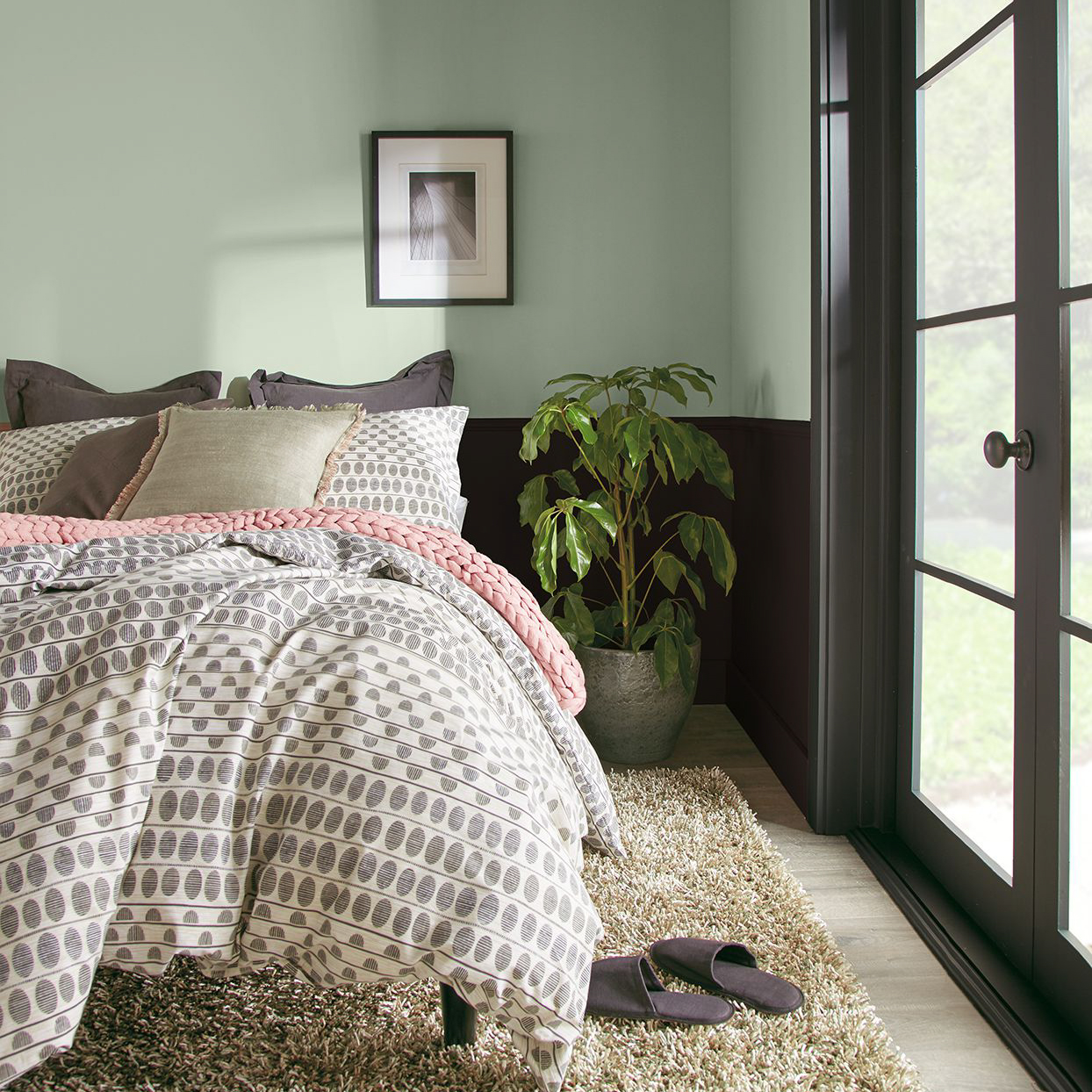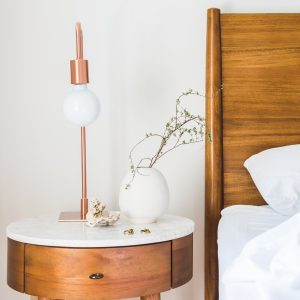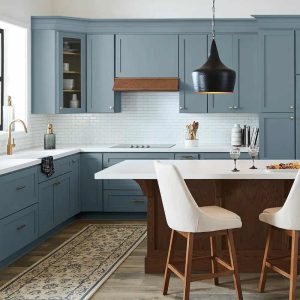
Exploring the Timeless Charm of Scandinavian Deco: A Journey through Minimalist Aesthetics and Cosy Hygge
The Origins of Scandinavian Deco
Scandinavian deco has its roots in the early 20th century, when the Nordic countries of Denmark, Sweden, and Norway established their unique design identity. In an effort to create affordable, functional, and aesthetically pleasing products, designers like Alvar Aalto, Arne Jacobsen, and Hans Wegner, began to embrace minimalist design elements, such as clean lines and natural materials. By the 1950s, Scandinavian design had become synonymous with simple, understated elegance, and had gained a dedicated following around the world.
Minimalist Aesthetics: Less is More
At the heart of Scandinavian deco lies a commitment to minimalism. This means that every design element, from furniture to lighting to accessories, is kept simple and functional. Furniture, for example, is often made from natural materials like wood and leather, and is designed with clean, straight lines. Lighting fixtures are equally understated, with simple shapes and muted colors. Accessories, such as throw pillows, blankets, and artwork, are carefully chosen to reinforce the overall aesthetic of the space.
The Role of Color in Scandinavian Deco
While Scandinavian deco is often associated with a neutral color palette, consisting of shades of white, gray, and beige, color does play an important role in this design style. In fact, strategic use of color is a key element of minimalist design. Bright pops of color can enliven an otherwise monochromatic space, while muted tones can bring a sense of warmth and coziness to a room. In Scandinavian deco, bold patterns are often used sparingly, allowing the natural textures of materials and shapes to shine through.
Cosy Hygge: Creating Spaces for Relaxation
Another important aspect of Scandinavian deco is the concept of hygge, which is a Danish term that refers to a feeling of coziness, comfort, and contentment. Hygge is all about creating spaces that help us relax and unwind, whether that’s a cozy reading nook or a warm, inviting living room. In Scandinavian deco, hygge is achieved through the use of soft, plush fabrics; warm lighting; and natural materials like wool and sheepskin. Candles, too, are an important part of creating a hygge atmosphere, and are often used to provide a warm, flickering light in the evenings.
Designing a Hygge-Friendly Space
If you’re looking to incorporate some Scandinavian deco elements into your home, there are a few key things to keep in mind. First, think about how you can create a space that feels cozy and welcoming. This might mean adding soft, textured throws and pillows to your sofa, or investing in some warm, fuzzy slippers to wear around the house. Natural materials like wood, stone, and wool can also help create a sense of warmth and comfort. Finally, don’t forget about lighting – adding a mix of warm and cool lighting sources can help create a restful, hygge-friendly atmosphere.
Scandinavian Deco in Practice: Real-Life Examples
To get a better sense of Scandinavian deco in action, let’s take a look at a few real-life examples. The first is a cozy Scandinavian-inspired living room, featuring warm wood floors, a plush white sofa, and a mix of fuzzy throw pillows and blankets. The room is anchored by a simple, minimalist coffee table, and the overall effect is one of understated elegance and comfort.
Another example is a Scandinavian-inspired bedroom, with a simple wooden bed frame, muted gray bedding, and a mix of textured pillows and throws. The room is warmed up by the addition of a sheepskin rug, and a simple pendant light serves as a functional yet stylish lighting source.
Scandinavian deco offers a timeless, elegant approach to interior design that is both functional and beautiful. By embracing minimalist design elements, natural materials, and the concept of hygge, Scandinavian deco creates spaces that are both stylish and comfortable. Whether you’re redesigning your entire home or just looking to add a few simple touches, Scandinavian deco is a design style well worth exploring.


